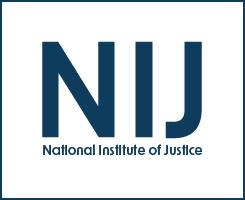Household income
Economic Justice for Survivors of Intimate Partner Violence
See the YouTube Terms of Service and Google Privacy Policy
Assessment of Neighborhood Poverty, Cognitive Function, and Prefrontal and Hippocampal Volumes in Children
Suspended Again: The Racialized Consequences of a 9th Grade Suspension on Future Suspension Patterns
Neighborhood Income Inequality and Adolescent Relationship Aggression: Results of a Nationally Representative, Longitudinal Study
Second Responders Program: A Coordinated Police and Social Service Response to Domestic Violence (From Violence Against Women and Family Violence: Developments in Research, Practice, and Policy, 2004, Bonnie Fisher, ed. -- See NCJ-199701)
Insecure Attachment Mediates Effects of Partners' Emotional Abuse and Violence on Women's Relationship Quality
No Community Is an Island: The Effects of Resource Deprivation on Urban Violence in Spatially and Socially Proximate Communities
Trends in Juvenile Violence in European Countries
Poverty, State Capital, and Recidivism Among Women Offenders
Going Home (or Not): How Residential Change Might Help the Formerly Incarcerated Stay Out of Prison
Dr. Kirk discusses how Hurricane Katrina affected those formerly incarcerated persons originally from New Orleans and their likelihood of returning to prison. Kirk also discussed potential strategies for fostering residential change among those who were incarcerated, focusing specifically on parole residency policies and the provision of public housing vouchers.
See the YouTube Terms of Service and Google Privacy Policy
Elder Abuse: How Much Occurs and How Do We Measure It?
NIJ Conference Panel
Panelists will present NIJ research on elder mistreatment in noninstitutionalized adults as well as tools for measuring the financial exploitation and psychological abuse of the elderly. A recently completed telephone survey of more than 6,500 older adults living in the community provides the most accurate estimates of the prevalence and incidence of physical, sexual, financial and emotional elder abuse. A second study used state-of-the-art science methods to develop a tool that measures the financial and psychological abuse of elders.


